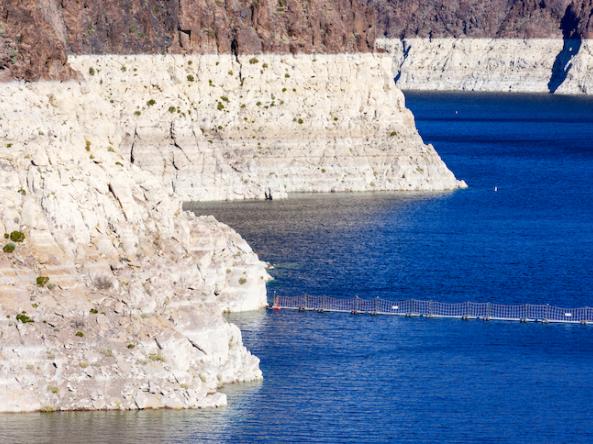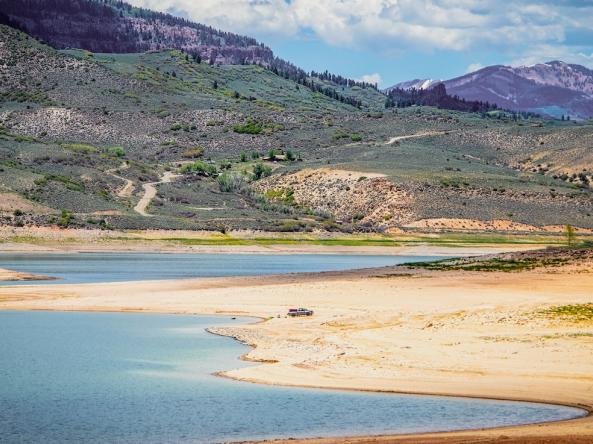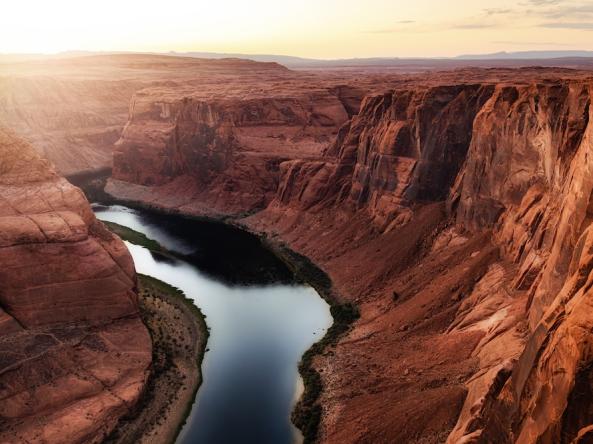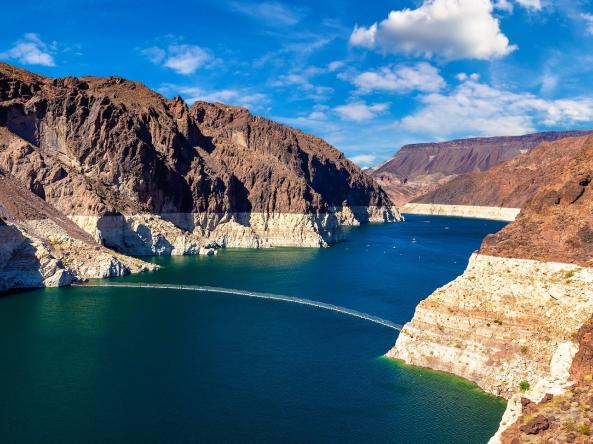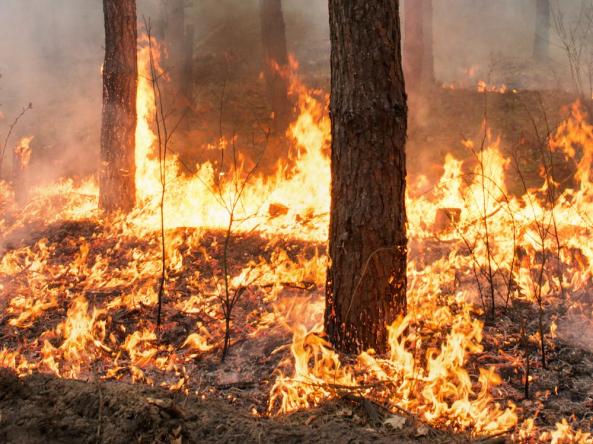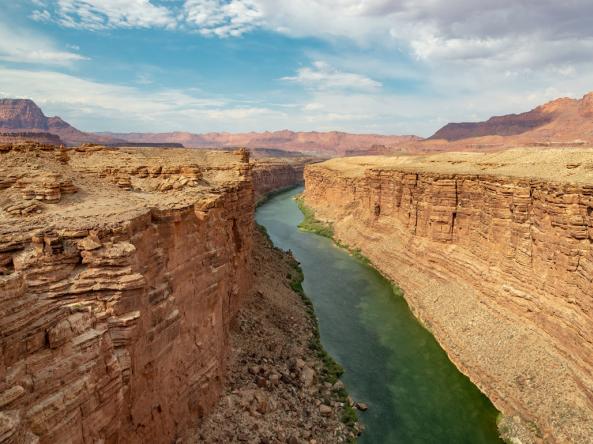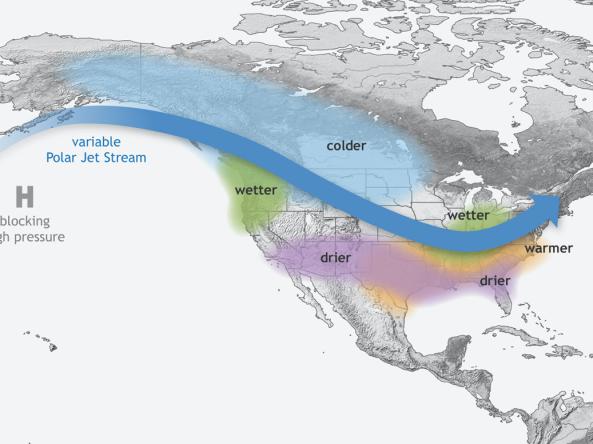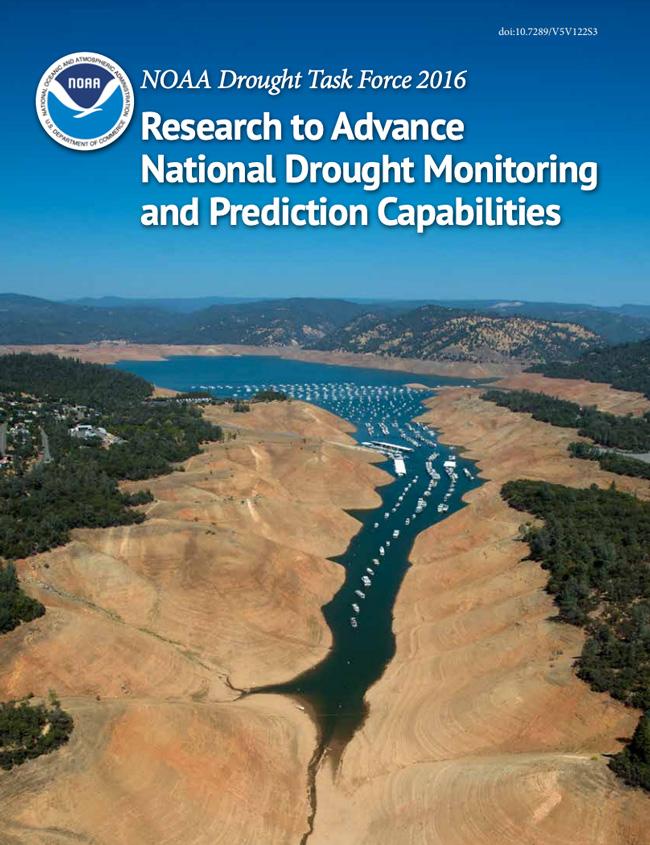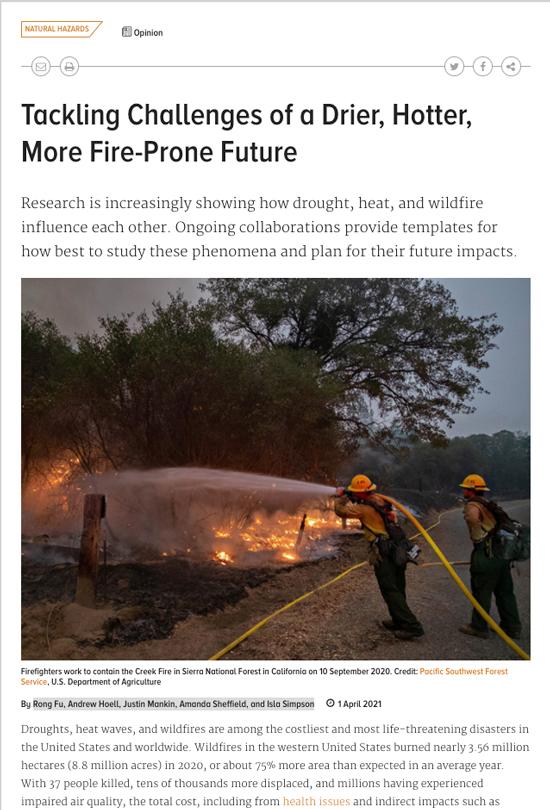Logo
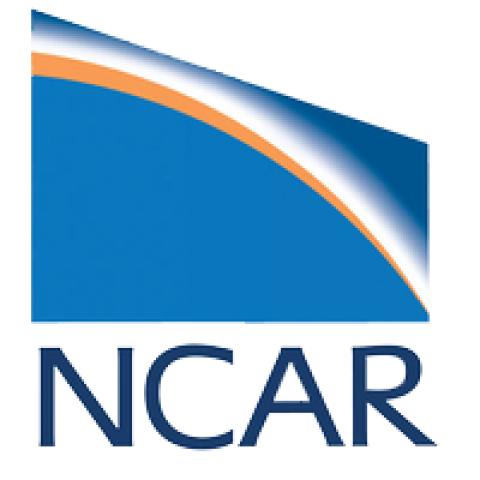
Related Events
Related Webinar Recaps
Related News
Site Section
News & Events
Weather forecasts struggle to predict how much snow will stick around, or how quickly it will melt away. Scientists are addressing this challenge by improving how climate models simulate snow, a crucial step to better predict droughts and water availability in the Western U.S. In a new Journal of Hydrometeorology study, a group of researchers from the National Science Foundation's National Center
Site Section
News & Events
Arid and semi-arid areas may face especially high risks of extreme heat and fire.The laws of thermodynamics dictate that a warmer atmosphere can hold more water vapor, but new research has found that atmospheric moisture has not increased as expected over arid and semi-arid regions of the world as the climate has warmed.The findings are particularly puzzling because climate models have been
Site Section
News & Events
A new computer modeling technique developed by scientists at the National Center for Atmospheric Research (NCAR) offers the potential to generate months-ahead summertime drought forecasts across the Western United States with the capability of differentiating between dry conditions at locations just a couple of miles apart.
The technique uses statistical methods and machine learning to analyze
Site Section
News & Events
At the end of summer 2021, the U.S. Drought Monitor reported 90% of the West in drought with 54% in Extreme Drought (D3) or Exceptional Drought (D4). Reservoir levels were low across almost the whole West, including the Colorado River Basin's Lakes Powell and Mead at just 31% and 35% of capacity, respectively. Multiple states rated most of their rangelands and pasture in poor to very poor
Site Section
News & Events
This summer’s western wildfire season is likely to be more severe than average but not as devastating as last year’s near-record, according to an experimental prediction method developed by scientists at the National Center for Atmospheric Research (NCAR).
The new method, detailed in a peer-reviewed study, analyzes precipitation, temperatures, drought, and other climate conditions in the
Site Section
News & Events
Since early 2020, the Southwest United States has suffered record low precipitation and near-record high temperatures, gripping the region with an unyielding, unprecedented, and costly drought. This exceptional drought—marked by massive water shortages, destructive wildfires, emergency declarations, and the first ever water delivery shortfall among the states sharing the Colorado River—punctuates
Site Section
News & Events
El Niño and La Niña events show a wide range of durations over the historical record, but whether event duration can be predicted has remained largely unknown. Since longer-lived, multi-year El Niño and La Niña events could extend their climate and socioeconomic impacts, it’s important to have accurate predictions of their durations with the longest lead times possible.
A new study published
Related Documents
Document Date
February 2016
Document Date
April 2021
Related Research


